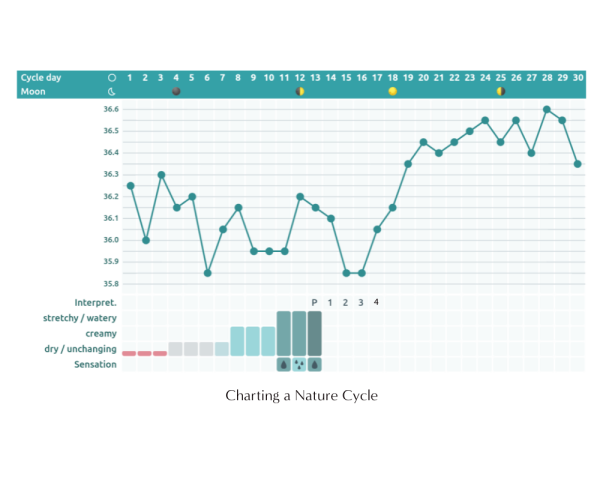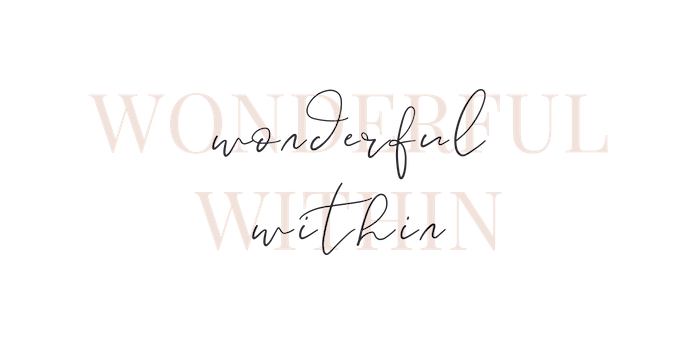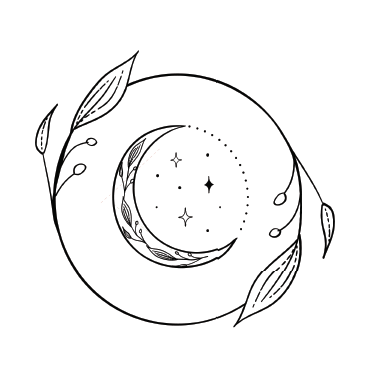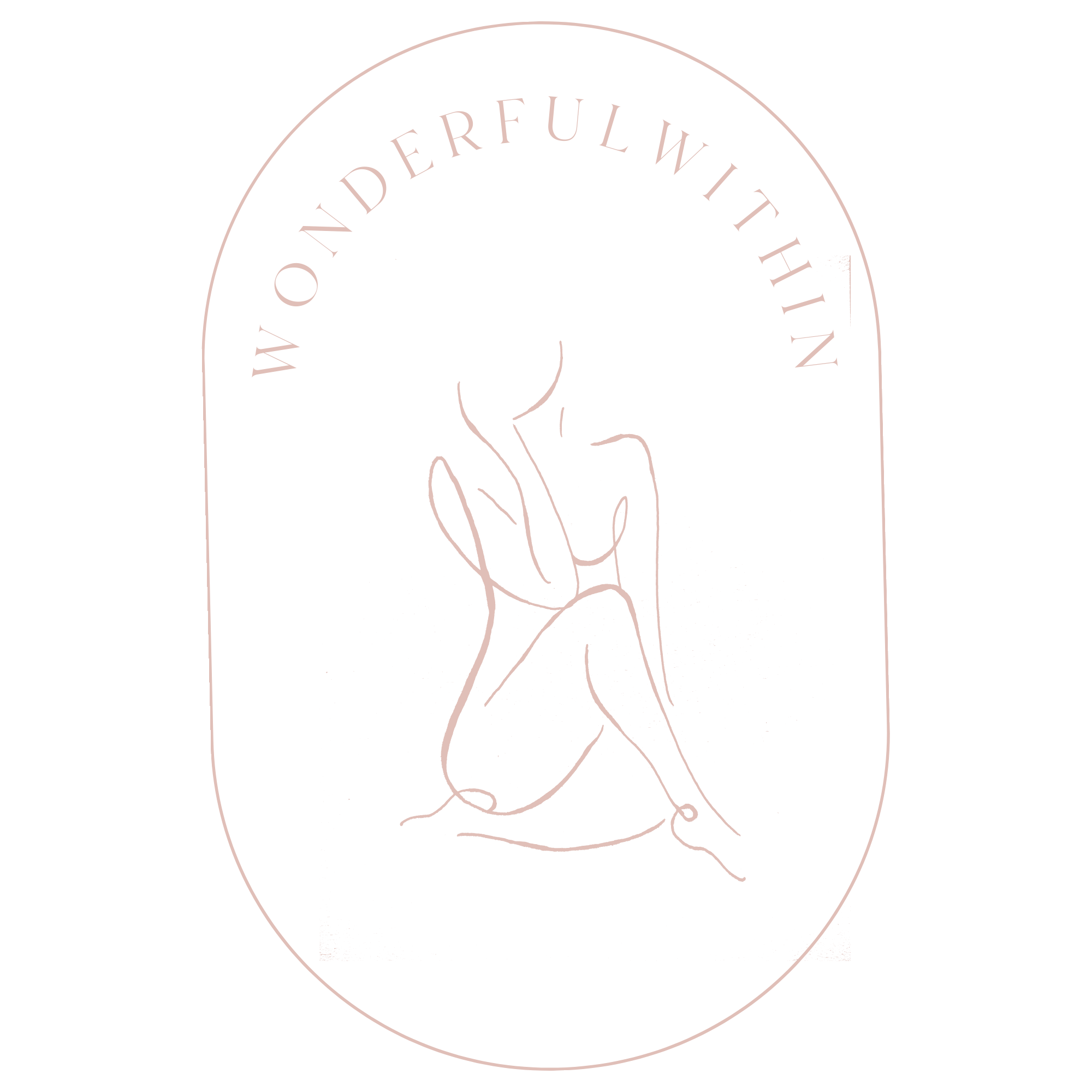02 Our Cyclic Nature
All Language Edition
Our Cyclic Nature
“From the deep internal rhythms of our bodies to the great rhythms of nature — the seasons, the moon, and the circling planets, cycles are infl uencing, regulating and touching all aspects of our lives. We’re profoundly cyclical beings.” – Jane Bennett, The Pill: are you sure it’s for you?
PHASE 01 MENSTRUAL
Day one of your cycle is the day you get your period; a steady red blood flow. Spotting here and there (whether red or brownish) is not your period and does not signal a new cycle; it belongs to the cycle that’s ending.
Your period is your natural renewal time. Your body does want to slow down. If you can relax a bit more when you’re bleeding (depending on your routine and schedule) you may find it less of a struggle and even get creative ideas.
PHASE 02 FOLLICULAR
The follicular phase is the phase before ovulation. This is your body’s time to get ready for ovulation; follicles containing eggs will emit estrogen. This hormone estrogen stimulates the production of cervical fluid (which helps sperm safely on their journey to the egg) and starts signaling to your body to build your uterine lining with blood in preparation for a fertilized egg to implant. This is the riskiest time for an unintended pregnancy after your period and before you ovulate.
PHASE 03 OVULATION
Ovulation is the releasing of an egg from the ovary to the fallopian tube where it is ready and available to be fertilized by sperm. Women can only ovulate once per cycle, but we can release 2 eggs! An egg will only live for 12 – 24 hours. If there is no sperm present during that time, the egg will simply dissolve.
PHASE 04 LUTEAL
The luteal phase comes after ovulation. Progesterone is released after ovulation whether or not you conceive, by the follicle that contains the egg, now called the corpus luteum. It warms your temperature, dries up cervical fluid (that isn’t needed anymore) and helps your uterine lining become spongy for pregnancy.
The phase lasts until the day before your next period.
After the the luteal phase— there are two ways your body could go:

Your Period: A new cycle will begin
Your progesterone will drop which will allow for your uterine lining to shred and your period will start, signifying the start of a new cycle.
Or
You’ll become pregnant
Pregnancy occurs when the conceptus (fertilized egg) moves down the fallopian tube to the uterus and implants in the lining. It releases the pregnancy hormone HCG which can be detected at 5-6 days after implantation with a home pregnancy test. Progesterone levels will remain steady to ensure you don’t get your period and you’ll receive consistent high temps on your chart.
ANOVULATORY CYCLES
In an ideal cycle, ovulation will happen every time, somewhere in the middle of the cycle. But it’s possible that the hormone LH (luteinizing hormone) may not be strong enough to cause ovulation.
So instead of getting your period when you think it should come, you may experience a longer cycle than usual as your body makes multiple attempts to ovulate (with or without success.)
Don’t be hard on yourself if you experience this as you start charting, roughly around 25% of women in their 20s and 30s do not ovulate regularly. You may find as you chart that you have the motivation to improve your cycle (and your health) and become conscious of ways to do that.


